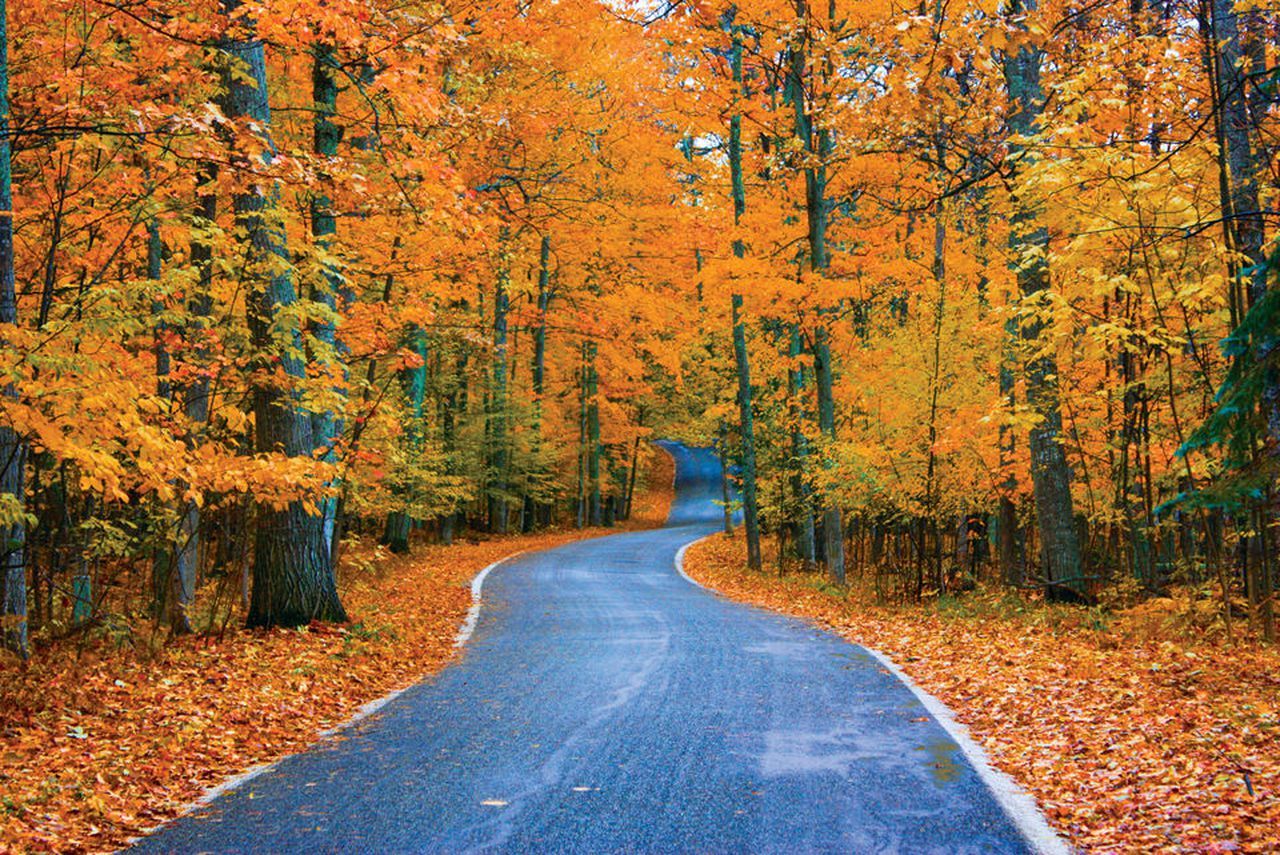
Overview of Tunnel of Trees
Tunnel of Trees refers to pathways or roads that are lined with trees, creating a natural canopy overhead. These tunnels can be found in various parts of the world and often serve as picturesque routes for travelers, photographers, and nature enthusiasts. The phenomenon is not only visually stunning but also rich in history and ecological significance.
Historical Background
The concept of creating tree tunnels has evolved over time. In the United States, particularly in California, the first tunnel trees were created in the late 19th century. The first notable tunnel tree, known as the Dead Giant, was carved in 1878 to attract tourists to the Sierra Nevada region. This was part of a broader trend fueled by the completion of the Transcontinental Railroad, which increased access to natural wonders like Yosemite National Park.
Types of Tree Tunnels
- Natural Tree Tunnels: These occur when trees grow closely together over time, forming a natural archway. Examples include:
- Cypress Tree Tunnel at Point Reyes National Seashore, California.
- Avenue of Oaks at Wormsloe Plantation, Georgia.
- Man-Made Tree Tunnels: These are intentionally created by planting trees along a path or cutting openings through existing trees. Examples include:
- Tunnel Tree in California’s giant sequoia range.
- Michigan’s Tunnel of Trees, which is a scenic drive that showcases beautiful hardwoods during autumn.
Ecological Significance
Tree tunnels provide numerous ecological benefits:
- Habitat: They serve as habitats for various wildlife species.
- Microclimates: The canopy helps regulate temperature and humidity beneath it.
- Soil Protection: Tree roots help prevent soil erosion and maintain soil health.
Cultural Impact
Tree tunnels have become iconic symbols in many cultures, often featured in photography and art. They evoke feelings of nostalgia and romance, making them popular subjects for engagement photos, weddings, and travel blogs.
Famous Tree Tunnels Around the World
| Name | Location | Description |
|---|---|---|
| Wormsloe Avenue of Oaks | Savannah, Georgia | A historic site lined with over 400 live oaks. |
| Cypress Tree Tunnel | Point Reyes National Seashore | A natural tunnel formed by cypress trees. |
| Michigan’s Tunnel of Trees | Michigan | A scenic route famous for its autumn foliage. |
| Chandelier Tree | California | A thriving tunnel tree that allows cars to pass through. |
| Tunnel Di Pini | Pisa, Tuscany | An iconic cypress tree tunnel known for its beauty. |
Photography Tips for Capturing Tree Tunnels
- Golden Hour: Shoot during sunrise or sunset for soft lighting.
- Perspective: Experiment with different angles to highlight the tunnel effect.
- Depth of Field: Use a shallow depth of field to focus on specific elements while blurring the background.
The Aesthetic Appeal of Tree Tunnels
Visual Impact
Tree tunnels create a stunning visual effect that draws people in. The interplay of light and shadow, especially during different times of the day, can transform the atmosphere dramatically. Photographers often seek out these locations for their ability to create enchanting images that evoke emotion and nostalgia.
Seasonal Changes
The appearance of tree tunnels changes with the seasons, providing a variety of experiences throughout the year:
- Spring: New leaves and blossoms create a vibrant green canopy, symbolizing renewal.
- Summer: Dense foliage offers cool shade, making it a perfect retreat from the heat.
- Autumn: The changing colors of leaves provide a spectacular display of reds, oranges, and yellows.
- Winter: Bare branches can create a stark yet beautiful silhouette against the sky.
Cultural Representations
Tree tunnels have been featured in literature, film, and art. They often symbolize journey, mystery, or transition. For instance:
- Literature: In many fairy tales and folklore, tree tunnels are depicted as magical pathways leading to adventure or danger.
- Film: Movies often use tree tunnels to create suspense or to signify a character’s journey into the unknown.
- Art: Artists frequently use tree tunnels as subjects to explore themes of nature and human experience.
FAQ Section
What is a tunnel of trees?
A tunnel of trees is a pathway lined with trees that create an archway overhead, often used for scenic drives or walks.
Where can I find famous tree tunnels?
Famous tree tunnels can be found worldwide, including locations like Wormsloe Plantation in Georgia and Michigan’s Tunnel of Trees.
Are tree tunnels good for the environment?
Yes, they provide habitats for wildlife, help regulate local climates, and prevent soil erosion.
How do I photograph tree tunnels effectively?
To photograph tree tunnels effectively, shoot during golden hour, experiment with angles, and consider using a shallow depth of field.
Can I drive through tree tunnels?
Many tree tunnels are designed for vehicle passage; however, some may be restricted to pedestrian access only.
Conclusion
The allure of tree tunnels captivates many due to their beauty and historical significance. Whether you are exploring a natural formation or a man-made structure, these pathways offer unique experiences that connect people with nature.For more detailed information about specific types of tunnel trees and their historical context, you can refer to this Wikipedia link.


